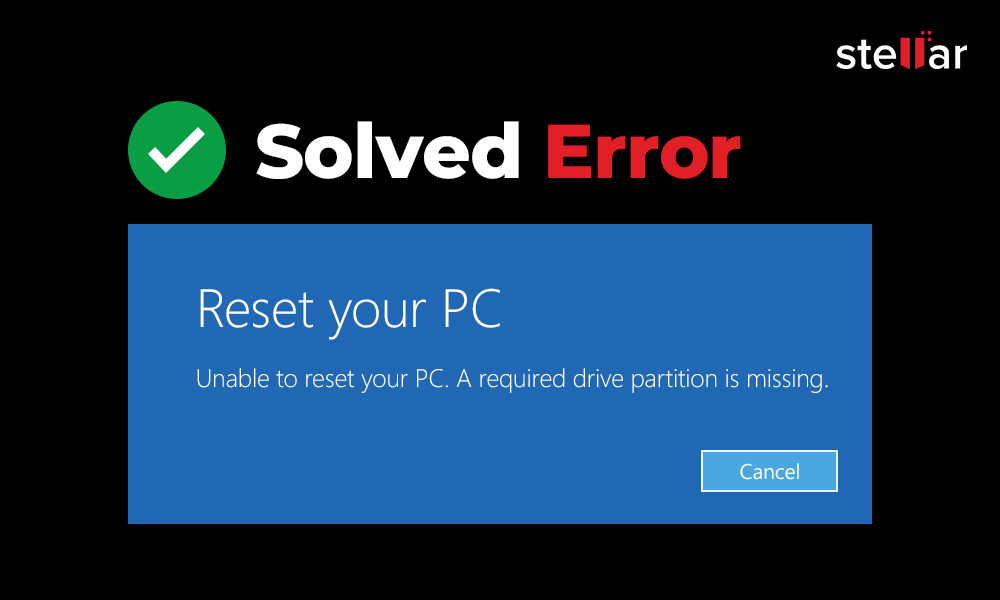
As highlighted, my startup volume group for Minimal Speedable, identified as “disk5” for low-level system purposes, has a Recovery partition listed as the fifth item. The Terminal command “diskutil list” provides a breakdown of partitions for each drive, including hidden ones. This feature is no longer available in version 6. Carbon Copy Cloner: The Carbon Copy Cloner disk copying and archiving utility could determine whether a Recovery partition was installed correctly in its previous release, version 5, and in some cases recreate it if missing.Apple discontinued showing Recovery partitions with APFS startup volumes. The boot process shows available startup volumes as well as each Recovery partition with its macOS version. Option key at startup (Intel, HFS+): With Intel Macs using HFS+ (not APFS) for the startup volume, you can restart and hold the Option key down to see one or more Recovery partitions.If you don’t see a partition with that name in a disk’s listing, there’s none installed. You’ll see Recovery listed as a separate line item within the list of all partitions for each disk that contains it. At the Terminal command line ( Applications > Utilities > Terminal), enter diskutil list and press Return to see a list of all partitions on all drives.

From the Terminal: The easiest method is while logged into macOS.


 0 kommentar(er)
0 kommentar(er)
